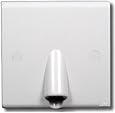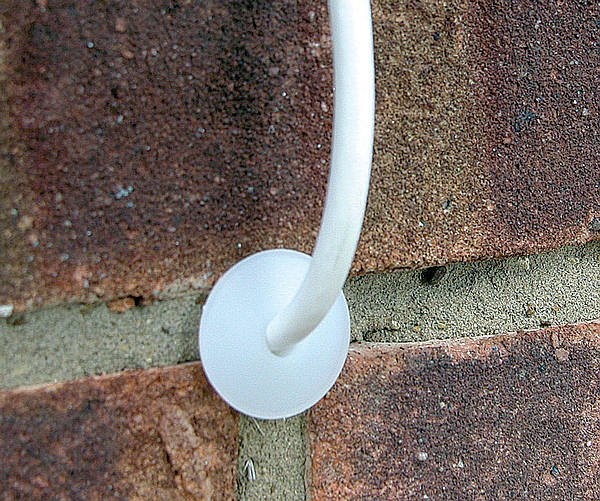- Joined
- 20 Sep 2015
- Messages
- 77
- Reaction score
- 1
- Country

I have read many of the threads related to my topic but would still appreciate some clarification. I have an 80W IPX4 electric towel rail that I will fit in the bathroom but outside of zones 0,1 and 2. I would like to run the cable from the towel rail through the wall, ( wall not tiled ) and directly into a fused switched spur. The cable from this spur would then be chased into the wall outside the bathroom to a currently in place fused spur from where I would obtain the power supply. This currently in place fused spur is connected to a loft light switch, which has a supply feed to it and the currently in place fused spur is also connected, via a switch box to an extractor fan and to a separate light switch downstairs ( so the light and the extractor fan come on at the same time when the downstairs switch is thrown in the downstairs loo ). My design intent is to not have any plates in the bathroom but simply have the cable from the towel rail exiting through the wall and wired into the fused switched unit on the outside wall of the bathroom so I can turn the towel rail on or off as I choose. 1. Is this design acceptable technically and legally ? 2. What type of cable must I use to connect the new fused spur to the currently in place fused spur ? 3. I understand the bathroom and electrics concerns, but would I need to get an electrician in to verify the connection and if so, would he/she be required to give me some kind of minor electrical works certificate to confirm the work meets required regulations ? I am healthily wary of electrics but enjoy DIY and having a tidy job done at, of course, as low a cost as I can have. Thanks, in advance, for your expert advice.



